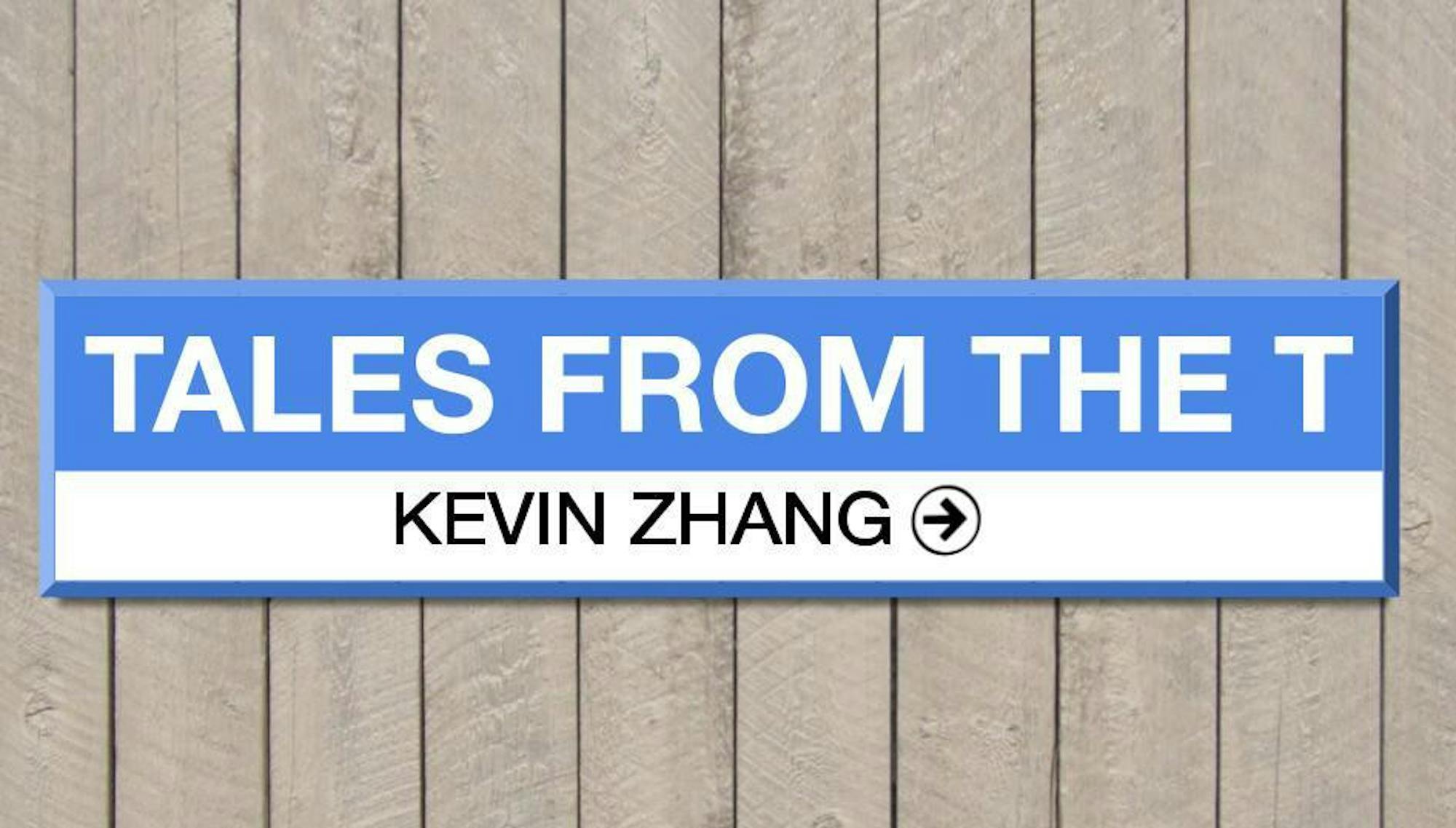You might know that Boston has the oldest subway system in North America, with the Green Line’s central section dating back to 1897. But did you also know that part of the Red Line runs over the oldest commercial railway in the United States, dating back to 1826? Today, let’s discuss the Red Line’s Braintree branch and its evolution from horse-drawn wagonway to commuter superhighway.
In 1826, the Granite Railway opened in Quincy to transport stone to build Charlestown’s massive Bunker Hill Monument. Granite from Quincy’s quarries was loaded onto horse-drawn minecarts and pulled to the Neponset River, where it was loaded onto Charlestown-bound barges. Railroad technology was in its infancy, and as such, the line became a tourist attraction — but as they proved their value, these newfangled railroads would soon start popping up across the country.
One of these railroads, the Old Colony Railroad (OC) would take over the Granite Railway in 1871. The OC was built to connect Boston to southeastern Massachusetts (including the “Old Colony” of Plymouth) and incorporated part of the Granite Railway into this route. The OC would become known for its prestigious boat trains, which would carry guillotine fodder south from Boston to the coast, where luxurious steamboats would connect to New York City. Indeed, before the Boston-NYC railway was complete, the OC’s trains and ships were the most fashionable way to get between these cities.
The OC would itself be taken over by the New Haven Railroad (NH) in 1893, as part of its successful effort to control all railroads between NYC and Boston. As railroad traffic was decimated by automobiles in the 20th century, however, this massive network would become a financial curse. The NH tried ending passenger service on the unprofitable OC in both 1939 and 1959. The first attempt was blocked by the courts. The second attempt succeeded.
But this wouldn’t be the end of the line — in 1965, the MBTA purchased the OC line from South Station to Braintree to build a subway line alongside it. Originally planned to terminate at South Station, it was instead connected to the Red Line, opening to Quincy Center in 1971 and Braintree in 1980. With its high speeds, modern trains and massive parking garages, the Braintree branch successfully lured droves of commuters off highways and onto transit.
The Braintree branch’s success raised the potential of bringing commuter trains back to the OC. In 1997, the MBTA began operating commuter rail trains on its Old Colony Lines to Middleborough and Plymouth; in 2007, the branch to Greenbush opened. Further extensions to Fall River and New Bedford are currently in the works. There is a caveat: The Braintree branch’s planners didn’t anticipate the return of commuter rail, so its construction reduced track capacity on the OC, creating bottlenecks that limit service levels to this day. Even then, the Old Colony Lines and Braintree branch have become integral parts of the MBTA’s network, connecting the South Shore to Boston. And in 2013, the new CapeFLYER service brought seasonal express service from Boston to Cape Cod, returning luxury express service to the OC. To think it all started with some horse-drawn minecarts. Sic transit gloria mundi.






